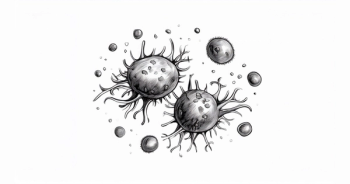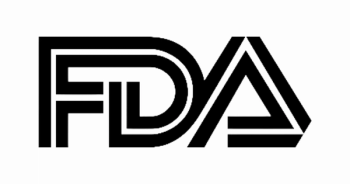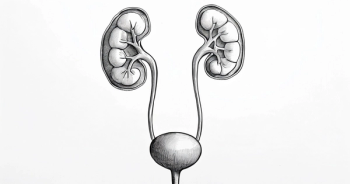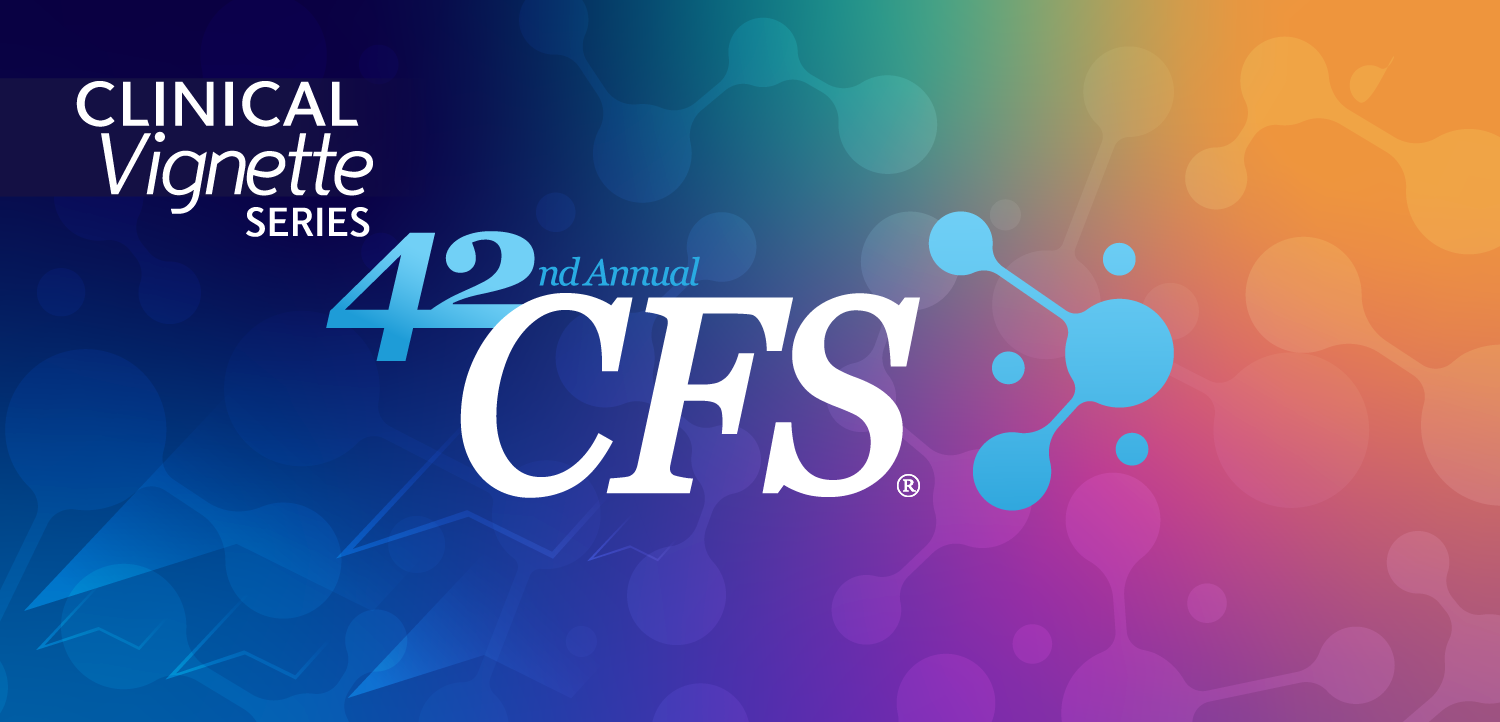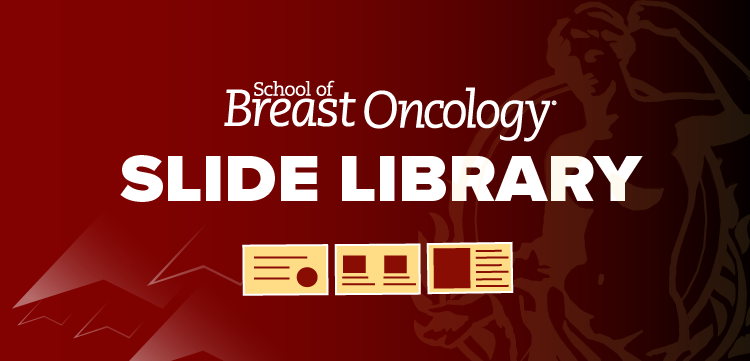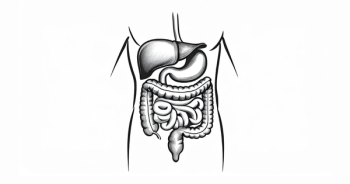
Anti-CD30 Therapies in Lymphoma Change Treatment Decisions
The development of novel targeted drugs, such as brentuximab vedotin (Adcentris), against discrete cell surface proteins, such as CD30, has awakened a new way of thinking about targeted cancer biology
Owen A. O’Connor, MD, PhD
The development of novel targeted drugs, such as brentuximab vedotin (Adcentris), against discrete cell surface proteins, such as CD30, has awakened a new way of thinking about targeted cancer biology, according to Owen A. O’Connor, MD, PhD, professor of medicine and experiment therapies, coprogram director, Lymphoid Development and Malignancy Program, Herbert Irving Comprehensive Cancer Center at Columbia University Medical Center.
“CD30 is a defining protein expressed on the surface of anaplastic large cell lymphoma and to a very high extent in patients with Hodgkin lymphoma,” said O’Connor. “It is variably expressed in other types of lymphomas, such as cutaneous T-cell lymphoma, peripheral T-cell lymphoma, and diffuse large B-cell lymphoma.”
Lymphoma Trials With Brentuximab Vedotin
In an ongoing phase II trial, examining patients with advanced diffuse large B-cell lymphoma (DLBCL), brentuximab vedotin with standard R-CHOP yielded objective responses in 80% of patients.
In the study, patients were randomized in a 1:1 ratio to standard R-CHOP plus brentuximab vedotin at a dose of either 1.2 mg/kg (n = 30) or 1.8 mg/kg (n = 23). Brentuximab vedotin was administered on day 1 of each 21-day cycle, for a maximum of 6 cycles. Upon review, the higher dose was eliminated after the first 10 patients in each arm completed treatment, due to safety concerns.
Forty-one patients (80%) in the trial achieved an objective response, including 34 (67%) complete remissions and 7 (14%) partial remissions. Five patients (10%) had progressive disease.
Another multicenter phase II study investigated the use of brentuximab vedotin in place of bleomycin in the standard ABVD (doxorubicin, bleomycin, vinblastine, dacarbazine) regimen for nonbulky stage I/II Hodgkin lymphoma.
Thirty-four patients received a lead-in cycle of brentuximab monotherapy 1.2 mg/kg on days 1 and 15, followed by a PET scan. Patients then received 4 to 6 cycles of brentuximab plus AVD. By the end of treatment, 88% of patients (n = 30) had a complete response, 2 had progressive disease, and 2 discontinued due to toxicity. At a median follow-up of 14 months, progression-free survival (PFS) and overall survival were 90% and 97%, respectively.
CD30 Expression and Response
“Early on, there was a sentiment that the amount of CD30 expressed on the surface of anaplastic large cell lymphoma turned out not to be an important determinant of response to brentuximab vedotin,” said O’Connor, stressing that patients with relatively low levels of CD30 responded similarly to patients with relatively high levels. “What we are seeing now, as brentuximab vedotin migrates away from its original FDA approvals in anaplastic large cell lymphoma and Hodgkin disease, is that there are variable response rates across those diseases, and that the level of CD30 expression can span from zero all the way up to an excess of 90%.” O’Connor recently presented data suggesting that patients who had CD30-negative diffuse large B-cell lymphoma responded to brentuximab vedotin and had showed some duration of benefit.
“Overall, those benefits were found to be much less than what we saw in patients that had CD30-positive disease,” he said. “This raises two questions. First, do those patients even respond if they don’t have the target? Second, should we be measuring the drug in a more reliable way, so we can target the drug and try to improve the outcome?”
O’Connor pointed to a number of studies conducted that seem to suggest that, outside of the context of anaplastic large cell lymphoma and Hodgkin lymphoma, there may be a threshold effect. “A recent study from Stanford University, in which patients with mycosis fungoides and cutaneous T-cell lymphoma were examined, suggests that patients with expression on less than 5% malignant lymphoma cells seem to have a very low likelihood of responding to brentuximab vedotin, while patients with greater than 5% malignant lymphoma cells seem to have a reasonably good probability of responding,” he said.
O’Connor said these findings do not look like a continuous variable. “It doesn’t appear that patients with 20% or 30% expression do any worse than those with 80% or 90% expression,” he said. “However, there may be an important threshold effect. It really comes down to how we measure CD30 on these cells. There is a lot of interlaboratory and interinstitutional variation. How it is measured, in terms of the details of the assays that people use to measure, really varies,” he said.
The FDA has asked Seattle Genetics to develop a companion diagnostic to obtain a more quantitated, more reproducible handle on measuring CD30 across different lymphomas to help medical oncologists better understand the relative importance of CD30 expression as a detriment for response to brentuximab vedotin.
Next Steps
The next steps in the investigation of brentuximab vedotin within lymphoma may include two lines of clinical research, according to O’Connor. One will focus on trying to integrate brentuximab vedotin into some classic chemotherapy regimens, but most of the research right now is focused on therapies used in Hodgkin lymphoma with ABVD, O’Connor maintained.
“There was data presented that asked the question, ‘Is it possible to eliminate one of the drugs in the ABVD backbone?’ The suggested drug was bleomycin, which has a lot of associated pulmonary toxicities. It was suggested to replace it with a novel active agent, such as brentuximab vedotin, and reshape that backbone for Hodgkin lymphoma,” said O’Connor. “Early data suggest that eliminating bleomycin and replacing it with brentuximab vedotin could produce responses and PFS that are right in line with what we would expect with standard chemotherapy.”
O’Connor pointed to a second strategy that looks at adding brentuximab vedotin to a standard backbone, like R-CHOP chemotherapy for diffuse large B-cell lymphoma, as a way to improve the response rates of R-CHOP chemotherapy.
“One study investigated two different doses of brentuximab vedotin and stratified patients by high and low levels of CD30. It was not a randomized study; therefore, it was difficult to see if the addition of brentuximab vedotin added any benefit to R-CHOP. However, it seemed to suggest that adding it was safe and produced fairly high complete response and overall response rates.”
However, according to O’Connor, the data showed that those who were CD30 negative did not do as well as those who were CD30 positive. This fact reinforces the need to develop better companion diagnostics and better assays that allow for more precise measurement of the relative expression of CD30 on an individual cell, as well as the expression of CD30 across all the cells in a particular tumor.
Abramson J, Arnason J, LaCasce A, et al. Brentuximab vedotin plus AVD for non-bulky limited stage Hodgkin lymphoma: a phase II trial.J Clin Oncol. 2015;33 (suppl; abstr 8505,).


